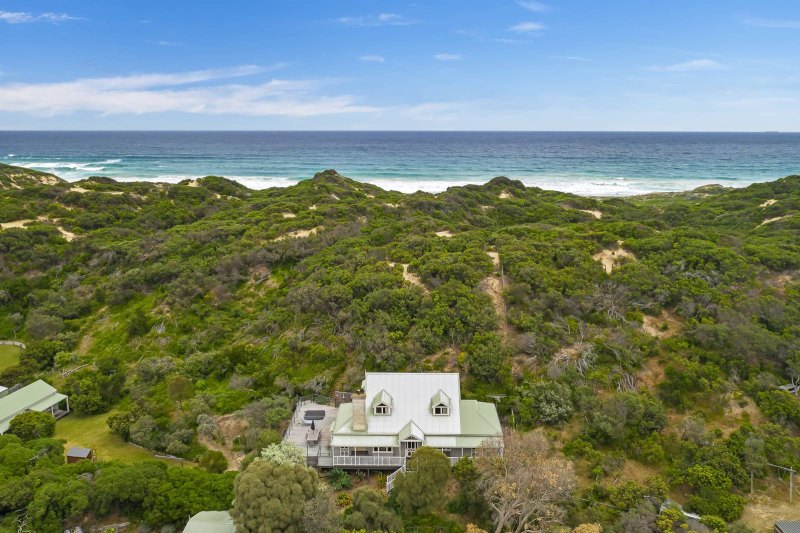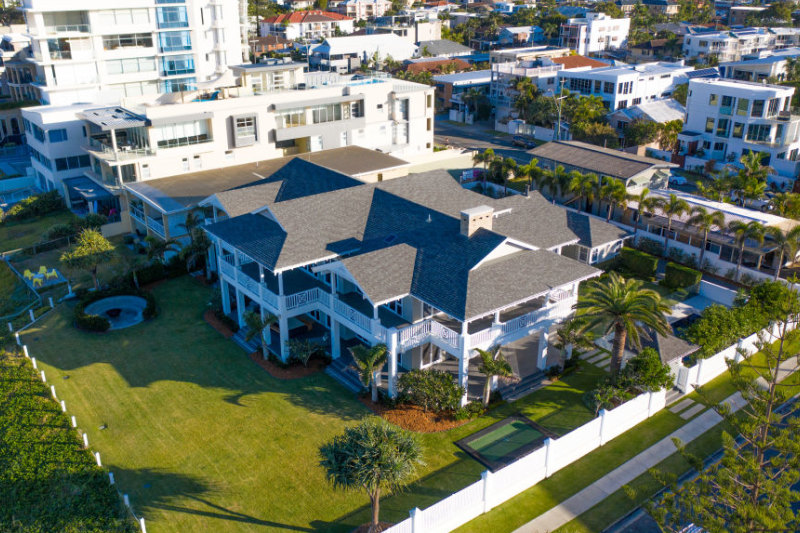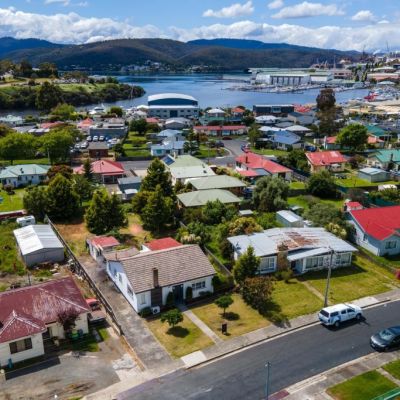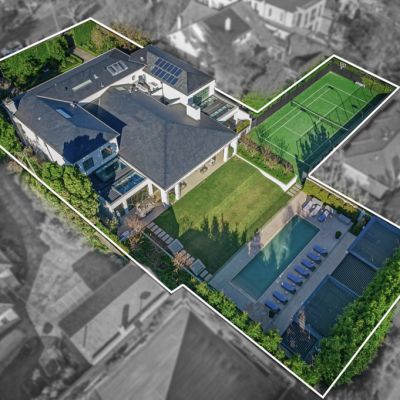The surprise suburbs where house prices jumped fastest in 2021

House prices have soared by more than 50 per cent in a handful of standout suburbs this year, new research shows, an extraordinary pace of growth that is unlikely to be repeated.
St Andrews Beach on Victoria’s Mornington Peninsula claimed the title of highest growth in house values, up 58.6 per cent to a median $1,473,279 over the 12 months to November 2021, CoreLogic’s Best of the Best report found.

Technically part of Melbourne, but in practice a beach escape away from the crowds of Portsea and Sorrento, the hotspot topped the rankings for capital cities, underlining the sea-change trend for locked-down city residents searching for more space and a relaxed lifestyle. Neighbouring Fingal rose 47.1 per cent over the year.
A push into suburbia also gathered pace, as workers traded proximity to the CBD for larger houses with home offices further afield. Such a trend saw second and third spots secured by Kurnell near Cronulla in Sydney’s south, and South Turramurra on the upper north shore, up 54.5 per cent and 52.5 per cent respectively.
“The results in this report are truly extraordinary,” CoreLogic head of residential research Australia Eliza Owen said. “I would not have expected to see gains of almost 60 per cent in some of these suburbs. It’s not the kind of numbers I’d expect to see again for a very long time.”
Property prices have soared this year on the back of ultra-low interest rates, government stimulus, cash saved during lockdowns, a shortage of homes for sale and a desire for more space from families stuck at home.
Sales volumes reached the highest levels in almost 18 years, at an estimated 614,635 sales over the past 12 months, CoreLogic found.
Dwelling values nationally rose 22.2 per cent over the year, the highest jump since 1989, and in stark contrast to the 3.1 per cent annual growth rate a year earlier as the market started to shrug off the uncertainty of the early days of the pandemic.
Demand was strongest for detached housing, with values up 24.6 per cent, compared to a 14.2 per cent rise in unit values, amid strong demand from owner-occupiers compared to investors.
Across the capital cities, suburbs where unit values rose strongly were split between affordable neighbourhoods in focus for their cheap prices, and prestige or lifestyle hotspots.
Greater Brisbane laid claim to the top spot, as units on Point Lookout on North Stradbroke Island jumped 44.2 per cent to a median value of $695,911.
Sydneysiders snapped up apartments by the beach, including in Narrabeen and Mona Vale on the northern beaches, up more than 34 per cent each, while in Sydney’s eastern suburbs, Point Piper and Darling Point units recorded similar gains.
Lower income earners looking for an entry-level unit below $600,000 in Hobart might be disappointed to see price jumps of more than a third in Brighton, Glenorchy and Bellerive.
Regional Australia has been in hot demand from workers leaving the cities looking for room to breathe at a more affordable price.
House prices jumped in the Illawarra region, with the town of Gerringong up 56.4 per cent to a median value of $1,681,227 in one year.
Its neighbour to the north, Kiama Heights, rose 52.8 per cent, and to the south, Shoalhaven Heads gained 52.7 per cent.
Sydney and Melbourne buyers have also flocked to the Gold Coast, where Mermaid Beach values soared 51.7 per cent.

Units on the coast absorbed some of the demand, with strong growth in Yamba on the NSW north coast (56.6 per cent), Coffs Harbour (45.2 per cent) and Victoria’s Ocean Grove (41.7 per cent) and Portarlington (40.6 per cent).
Ms Owen said companies’ plans to return to the office could mitigate the demand for regional property, but cautioned the return to CBD offices in 2022 was uncertain in light of the emergence of the Delta and Omicron variants of the coronavirus.
“In the short term what is most likely is we will still see demand for regional Australia because of the sheer affordability compared to capital cities,” she said.
“Longer term, I would expect most of the housing market will move into the downswing phase.”
With affordability stretched and interest rate rises on the horizon, the consensus was for more modest house price growth in 2022, she said.
We recommend
We thought you might like
States
Capital Cities
Capital Cities - Rentals
Popular Areas
Allhomes
More










